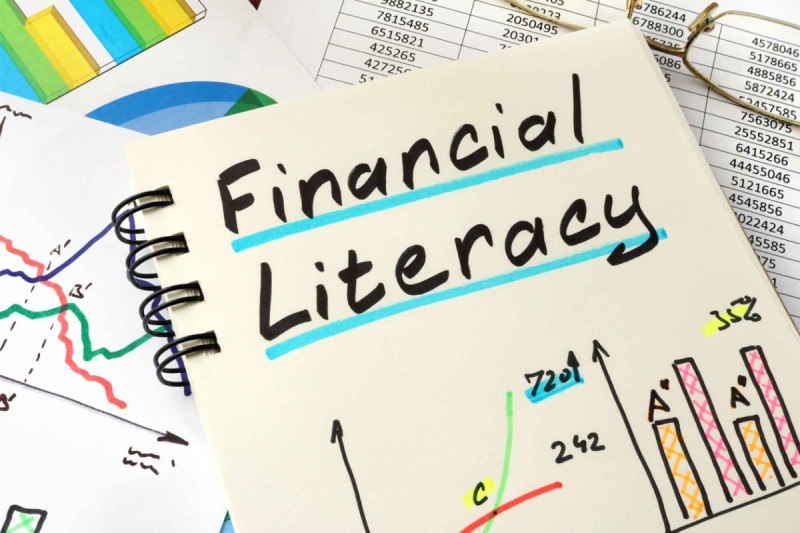
July 2021 marked a change in college athletics. Thanks to the advent of “Name, Image, and Likeness” (NIL) deals, college athletes can now earn money from well-known brands by using their athletic success as an asset.
These deals made headlines right away. From NCAA basketball players to Olivia Dunne, a gymnast at LSU (estimated NIL value: $3.3 million), to Bronny James, who is expected to make $5 million at USC, to Caitlin Clark, who is the highest-paid women’s college basketball player in the NCAA thanks to her NIL value of more than $3 million.
The fact that NIL agreements are private transactions makes estimating the amount of money that exchanges hands challenging. However, it’s predicted that a typical NIL deal will bring in the middle of five figures for student-athletes, while more well-known players will command six- and seven-figure endorsement deals.
That’s fantastic. It’s simple to overlook the fact that student-athletes are still learners, and many of them lack the financial literacy necessary to handle their newly acquired wealth—or their finances in general. Given that over one-third of Gen Zers have more debt than emergency savings, it makes sense that, in the absence of adequate assistance, these young athletes might find it difficult to handle their newfound riches responsibly.
Indeed, a lot of athletes work with financial advisors and agents to negotiate their NIL deals, but they might still have trouble. Take a look at the NFL, where over 15% of players file for bankruptcy ten years after leaving college. Before students graduate, NIL deals take place.
Only 53% of 30,000 college students from 440 schools who participated in a 2019 survey said they felt ready to handle their finances. Bad financial decisions endangering student athletes’ long-term financial stability will likely become the norm rather than the exception because not much has changed in the last five years.
About 75% of student-athletes surveyed wanted to know about investment platforms and taxes when NIL deals were announced, and 44% were worried about student debt.
All college and university students should be required to take financial literacy courses, given the $1.7 trillion in outstanding student loan debt. However, educational institutions must at the very least close the financial literacy gap that affects student-athletes.
A few universities have taken the initiative, and the NCAA has begun highlighting the importance of financial literacy. For example, San Diego State employed an NIL coordinator to help student-athletes with NIL deal-related financial decisions. But a lot of schools need to make more investments in student safety initiatives. As more universities start to establish NIL collectives and ask alumni for donations to finance NIL deals, these institutions need to answer for their actions and put some of the money they receive back into the long-term prospects of their students.
Enacting thorough financial education initiatives catered to student-athletes requirements can provide them with the tools they need to handle their finances effectively.
Schools can use online platforms, interactive learning tools, and video-based counseling sessions in addition to hosting workshops and seminars on financial literacy. Before being granted athletic eligibility, student-athletes might be required to complete financial literacy classes, which would shield them from predatory NIL deals. Schools and financial institutions could collaborate to give student-athletes free access to financial advisors who can assist them in navigating the challenges associated with non-taxable income.
Taking this proactive stance guarantees that student-athletes get individualized financial counseling and support, enabling them to make well-informed choices regarding their NIL opportunities. Students in college who take a personal finance course are better equipped to use their investment knowledge in the real world, are more likely to save money and pay off credit cards, and are less likely to max out credit cards.
Though paying student-athletes is only half the fight, NIL deals are long overdue. To help students avoid financial pitfalls, the NCAA needs to create a framework for financial education that colleges and universities can implement. Student-athletes who understand money better balance their obligations to their studies and sports, are better prepared to represent their universities and will be able to support themselves financially after graduation.
Over 450,000 students have received an NIL deal; this number is steadily rising. Professional athletes make up less than 2% of those who will continue playing their sport professionally.
The moment has come for the academic institutions that make money from collegiate athletics to spend money on the talent that makes it all possible. Promoting financial literacy benefits the athletes’ and their schools’ reputations. Student-athletes who handle their money well represent the universities they play for, improve the standing of NIL sponsorship agreements, and better prepare their students for life outside of the gym.
May is Small Business Month, a time to honor and recognize the achievements of the… Read More
Swiss International University (SIU) is on track to be one of the world's most respected… Read More
In a session that left students buzzing with fresh ideas and practical insights, Invertis University… Read More
At the 21st Shanghai International Automobile Industry Exhibition, which is surging with the wave of… Read More
Liverpool, UK—House of Spells and Comic Con Liverpool are once again collaborating to bring the… Read More
Introduction In India's booming EdTech space, there's one name that's making waves among Telugu students… Read More